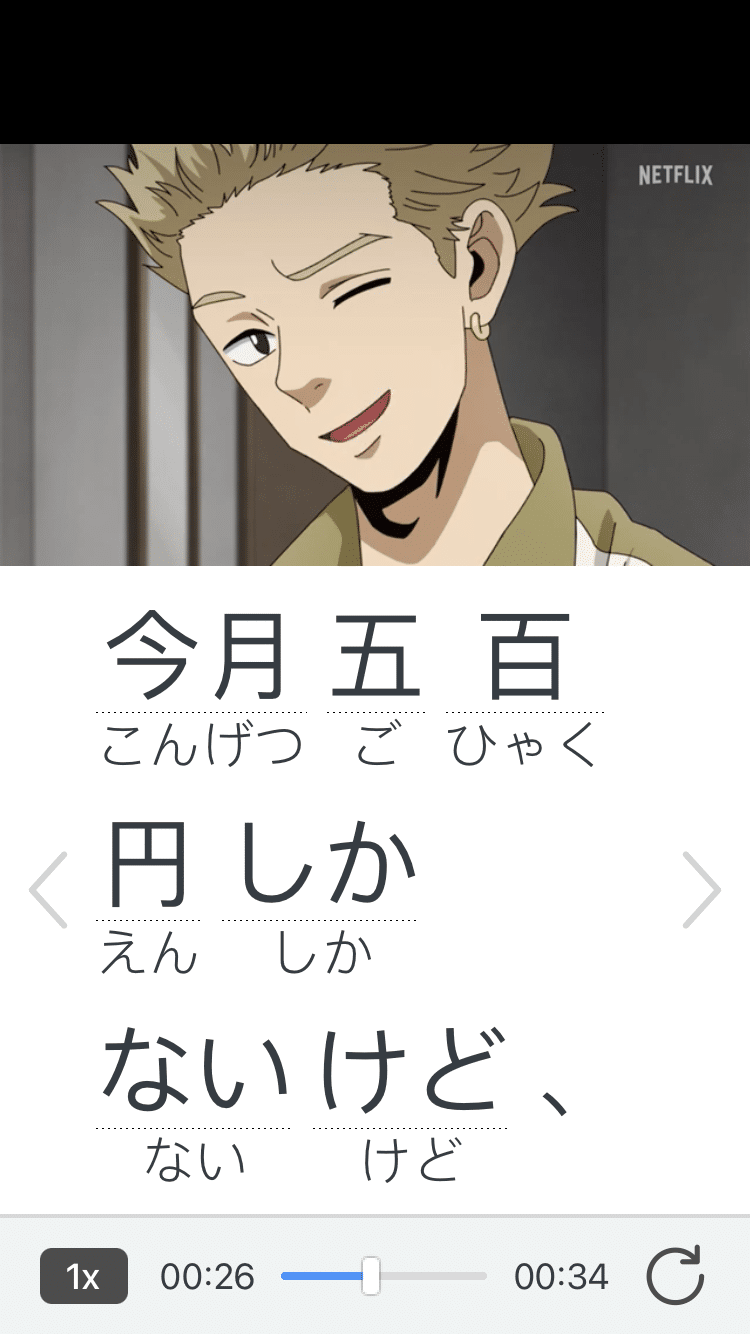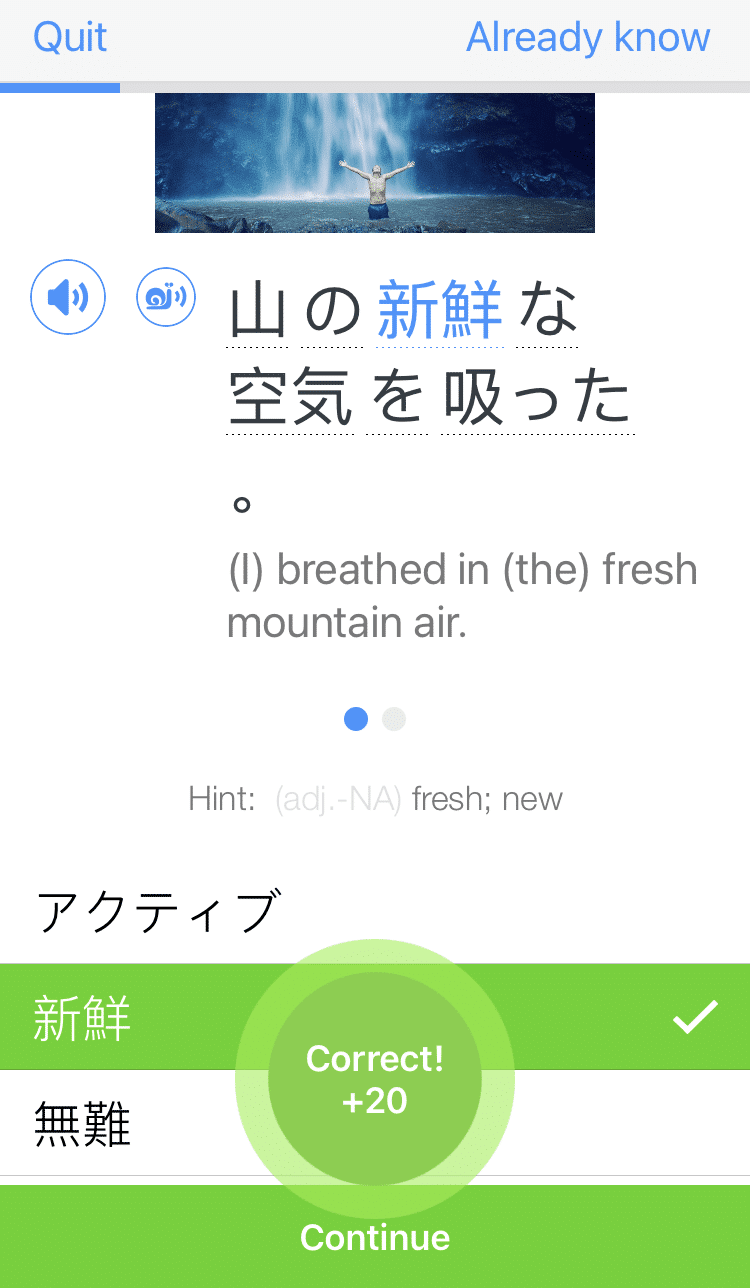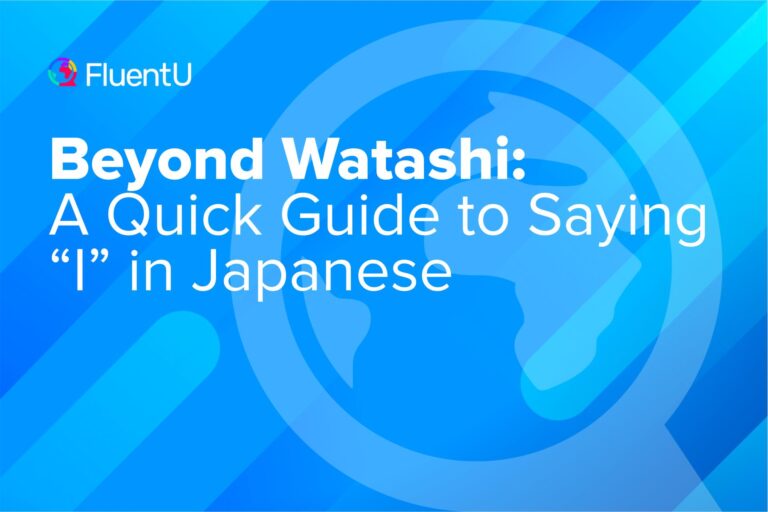5 Ways to Appropriately Say “You” in Japanese

Japanese textbooks generally do use あなた (anata) to mean “you” at a beginner level, for clarity’s sake. あなた is technically correct, but there are a lot of other ways to say (or not say) “you” in Japanese, and some are far more frequently used by native speakers.
In Japanese, saying “you” can mean everything from “my beloved spouse” to “worthless piece of trash,” depending on the specific word you choose.
Take a look at my quick guide to the meanings of five different ways to say “you” in Japanese, so that you do not end up on the wrong side of whoever you are talking to (like calling your boss “darling”).
Download: This blog post is available as a convenient and portable PDF that you can take anywhere. Click here to get a copy. (Download)
How to Naturally Say “You” in Japanese
English pronouns come in many forms (e.g. I, my, me, mine) but they operate a little differently in Japanese. So while you need to learn a few more pronouns in order to address people at the correct level of politeness, you do not need to learn vastly different forms like “mine.” (Instead, a simple particle will do.)
Below are five ways to say “you” in Japanese for vastly different occasions.
あなた — Anata
Typically written with hiragana, あなた is the standard, polite way to refer to the listener in a conversation, though generally it is only used when you do not know the name of the person you are speaking to. It is typically used by women—this gendered speech is very common in Japanese, with speech patterns differing between men and women.
It is also used by many women to refer to their spouses. It can be said in an endearing way, like “darling” or a pet name in English, but it is also often used to express exasperation.
Mostly used by:
You can use this to refer to a stranger. Women also use it to address their spouses.
君 (きみ) — Kimi
君 is most often written using kanji. Those of you studying hard will see that this kanji is also used with its onyomi kanji reading for the suffix 〜君 ( 〜くん ), which is used as a familiar term to address males.
This is the word for “you” that most men would choose to refer to someone when speaking in a casual conversation. It should not be used when talking to your boss or someone else higher than you on the social ladder, as it expresses a level of familiarity that is inappropriate. You would risk sounding presumptuous since it indicates that as the speaker you feel you are on the same level as, or superior to, the person you are talking to.
It is used often in songs to create a feeling of immediacy, familiarity and informality. Boyfriends also use it when talking to their girlfriends.
Although English pronouns do not carry so much cultural coding, by looking at 君 and あなた you should begin to see that it is important to consider who is speaking and who is being spoken to when picking out the correct “you” to use.
Mostly used by:
This word is used by men in a higher position than those they are talking to, boyfriends talking to their girlfriends and in songs by both men and women.
あんた — Anta
This is a contracted version of あなた, and as such, is less formal. Written in kana as あんた, it is typically regarded as a rude and rough way to address the listener, expressing the anger or disrespect of the speaker.
This pronoun is not used in polite conversation.
It is overly familiar and can be quite offensive because it is expressing the speaker’s superiority, although you will often hear it in anime, comedy or TV dramas. A quick search on Jisho.org’s sentence examples shows the flavor of this word: insulting, exasperated and used for rough and ready exclamations.
Mostly used by:
Women tend to use あんた more than men, especially when addressing men. A typical instance would be a wife criticizing her husband.
Both men and women may use this when roasting their closest friends or family in jest. However, it is something that requires a refined ability to know how others might feel about it. If you are unsure, just avoid this term altogether so you do not accidentally upset anyone.
お前 (おまえ) — Omae
This is a masculine and somewhat gruff way of saying “you.” It is often used by older male teachers when scolding naughty groups of students, though it should be emphasized that this is not a polite way to speak to them. It shows that the speaker’s authority is considered high above those being addressed and is very informal.
The dictionary notes that this can be considered a derogatory term, but like all Japanese, it is essential to consider context and politeness level. For instance, if your older male boss says お前 to you when asking you to book a meeting room, it is not passive-aggressive or rude, but rather just him speaking from his established position in the office hierarchy.
However, if a stranger of your age on a train speaks to you and uses お前 then it is similar to them having said “Oy! You!”
While constantly reinforcing your position in a hierarchy (or, more uncomfortably for some, within gender stereotypes) may seem to contain a smug subtext in English, it is not so in Japanese and it is important to recognize that people rarely mean offense when using this term.
If somebody does want to upset you in Japanese, you will likely be able to hear it in their intonation. Conversely, cues like hearing someone say お前 to you can help you gauge where you are in terms of politeness level (hint: you usually start near the bottom of the hierarchy!).
Men often use お前 in the same way that women use あなた with their spouses, though it reinforces their assumption that they are superior in the couple.
You can hear an example in this movie trailer from がじまる食堂の恋 (“Gajimaru Restaurant’s Love”). お前 is also pretty common in anime—in this trailer for “Boruto,” it’s mentioned several times:
You can find more examples of people using this word with the FluentU program, where you can watch Japanese videos and interactive subtitles.
FluentU takes authentic videos—like music videos, movie trailers, news and inspiring talks—and turns them into personalized language learning lessons.
You can try FluentU for free for 2 weeks. Check out the website or download the iOS app or Android app.
P.S. Click here to take advantage of our current sale! (Expires at the end of this month.)

Mostly used by:
This one is reserved for men talking to their spouses, men in a superior position talking to their subordinates and men who feel secure within their position in a group (like established workers in an office, young men or boys with peers they know well and elderly men talking to pretty much anybody outside of a formal context).
てめえ — Temee
手前 (てまえ) is written with kana and shortened to てめえ.
Take caution: This word is incredibly rude and is almost never heard in real life.
This writer has heard it used once in 10 years in Japan (by unsupervised kids fighting over toys trying to out-macho each other). However, this expression is worth knowing because it is used for dramatic emphasis in anime and drama, and you hear it pretty often.
This term is at least as confrontational as dropping the F-bomb in English and expresses great anger toward the person you are speaking to.
Mostly used by:
If you hear this, someone is trying to actively start a fight.
Bonus: Talking to Groups and Saying “Your”
In English, “you” can mean one person or a group that the speaker is talking to. In Japanese, simply add 〜たち , sometimes written with the kanji 達, to pluralize “you” and refer to two or more people you are conversing with—for example, 君たち (きみたち).
A more polite way to do this, and one that is more suitable for dealing with clients in a business setting, would be to use 〜かた or 〜がた , which elevates the level of politeness.
If you are wondering why k sounds sometimes become g sounds in Japanese, it has to do with the sounds immediately preceding them. This is called 連濁 (れんだく) and there is a thorough and helpful article on Tofugu all about 連濁 usage that is well worth a read.
So, now you can say “you” in Japanese, but how do you say “your”?
You need to add the possessive particle の , which acts in a similar way to adding “apostrophe s” in English and indicates possession. For instance, if you want to ask “Is this pen yours?” you would say あなたのペンですか ?
The particle の can be attached to the end of any of the pronouns listed above and to a person’s name (more on this below).
More Natural Ways to Say “You” (Without Saying “You”)
As you can see by now, Japanese cannot merely be directly translated from English. Big cultural differences exist surrounding how you address others, so the most natural ways to actually say “you” in Japanese would sound, unsurprisingly, quite odd in English.
Here are the two most common ways used by native speakers in daily conversation.
[Name] + title
This is a very natural way to refer to a person in Japanese. The absence of a pronoun is actually polite, because you replace it with the listener’s name, implying that you respect them and know their name and everything it stands for (historically family honor, status, etc.). Remember that it is more proper to use the last name.
Picking up this habit in place of あなた is a very fast way to make your Japanese sound more fluent and to get to grips with more common Japanese names.
You can also affix の to the name to say “yours,” as explained above.
In more informal conversations, you may find that Japanese people drop the honorifics: ジョンは元気? (ジョンはげんき?) — “Are you well, Jon?” Note that this indicates closeness and informality, so do not drop titles until the native speaker does or tells you that you can, to be sure to avoid offense.
In the example above, other formal aspects have been dropped: お元気ですか? (おげんきですか?) becomes simply 元気 (げんき?), spoken with rising intonation to indicate a question. All of these aspects work together to give a sense of great informality and closeness.
No pronoun at all
Familiar pronouns can be presumptuous, assuming that the speaker can judge the hierarchy of a situation. That is why using no pronoun at all is often more polite.
If this sounds confusing, remember that in English, we also drop pronouns or other information from sentences when the context makes it clear what is happening to all concerned. Consider the following example of a conversation:
A: “Got a lot to do today?”
B: “Yeah, swamped!”
Context makes it clear A is talking to B, so “you” and “I” are not needed, and intonation makes it clear that A is asking a question, not making a statement. Here is another example:
(C has spoken about weekend plans and then asks:)
C: Going anywhere fun?
D: I’m going to the beach with my family.
In isolation, D’s sentence is talking about the present moment, but the context of the conversation, both parties understand that D is discussing the future.
These kinds of cues are used all the time in Japanese, which is a high-context language. Dropping the pronoun or name is not only acceptable, but it is actually more natural in many cases.
If we go back to our example above, we can shorten ジョンは元気? to, quite simply, 元気?As long as it is clear who you are referring to (like if you are speaking directly to one person), you can usually safely drop the pronoun.
Choosing the right way to say “you” in Japanese can be confusing for beginners, but you will soon get the hang of it. If in doubt, err on the side of caution. It is what the Japanese do!
Just follow this golden rule: Being too polite will not burn any bridges, but being too informal might. Good luck!
Download: This blog post is available as a convenient and portable PDF that you can take anywhere. Click here to get a copy. (Download)
And One More Thing...
If you love learning Japanese with authentic materials, then I should also tell you more about FluentU.
FluentU naturally and gradually eases you into learning Japanese language and culture. You'll learn real Japanese as it's spoken in real life.
FluentU has a broad range of contemporary videos as you'll see below:

FluentU makes these native Japanese videos approachable through interactive transcripts. Tap on any word to look it up instantly.

All definitions have multiple examples, and they're written for Japanese learners like you. Tap to add words you'd like to review to a vocab list.

And FluentU has a learn mode which turns every video into a language learning lesson. You can always swipe left or right to see more examples.

The best part? FluentU keeps track of your vocabulary, and gives you extra practice with difficult words. It'll even remind you when it’s time to review what you’ve learned. You'll have a 100% personalized experience.
Start using the FluentU website on your computer or tablet or, better yet, download the FluentU app from the iTunes or Google Play store. Click here to take advantage of our current sale! (Expires at the end of this month.)







